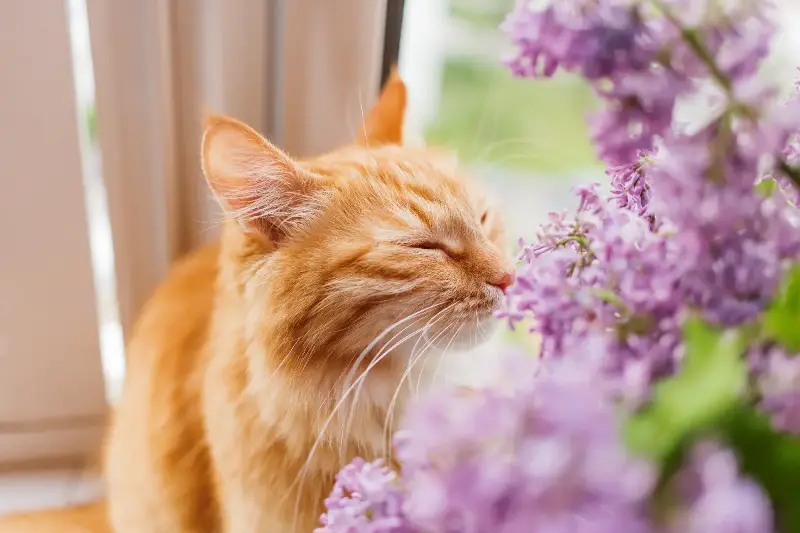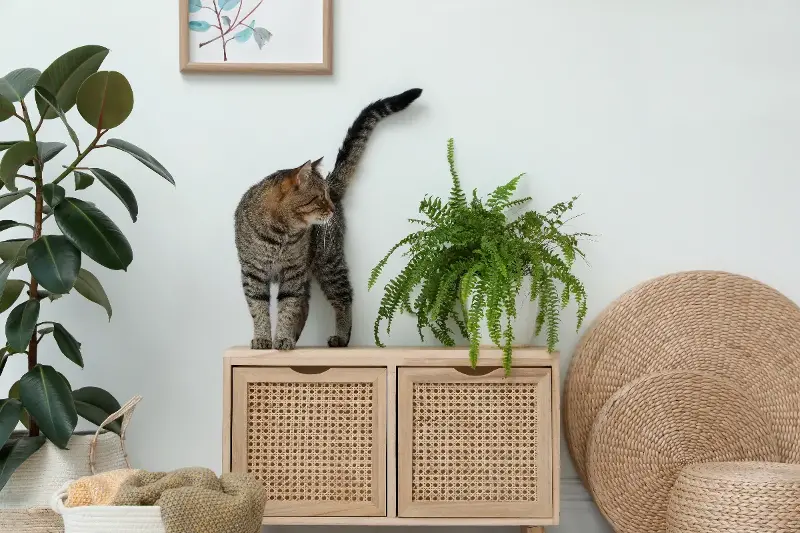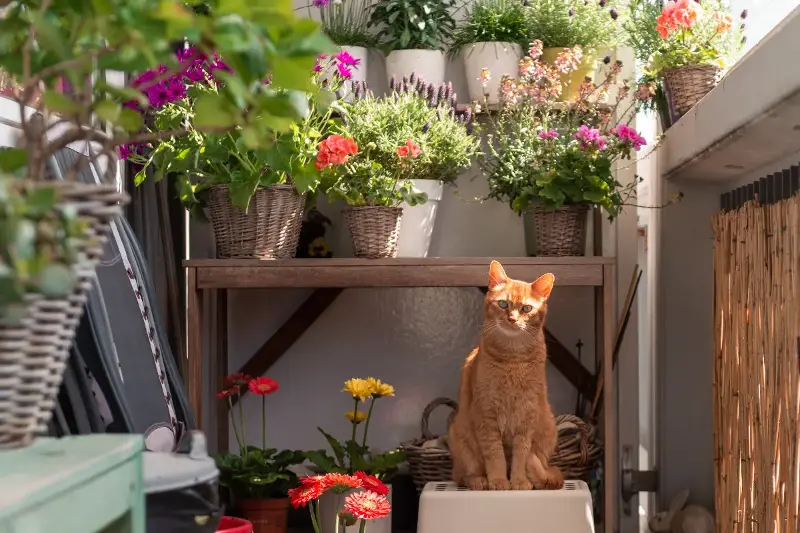There’s something innately soothing about the gentle sway of leaves against a sunlit window, or the earthy scent of fresh potting soil swirling through your living room. But for pet owners, this picture-perfect sanctuary often comes with a quiet worry: Will my beloved houseplants harm my curious companion? Fortunately, a lush, leafy interior and a pet-safe home don’t have to be mutually exclusive.

A Breath of Fresh Air: Why Houseplants Matter in Pet Homes
Beyond their obvious decorative appeal, houseplants act as natural air purifiers, filtering toxins and puckering up oxygen levels for a more invigorating everyday atmosphere. For pets, especially those who spend most of their lives indoors, clean air helps maintain their vibrant health. Picture your dog stretched lazily on the mat, or your cat sunbathing in a window box — all while surrounded by greenery that supports their well-being.
Worry-Free Greenery: Houseplants That Love Pets Back
Curiosity is second nature to pets; leaves, stems, and soil act like miniature jungles for your four-legged friends. With these easy-care, non-toxic plants, you can invite nature indoors and never fret about Fido or Whiskers taking a nibble.
-
Spider Plant (Chlorophytum comosum): With its striped, cascading foliage, the spider plant is a showstopper that thrives even in low light. Dynamic, air-cleansing, and safe for both cats and dogs, it's perfect for novice plant parents.
-
Boston Fern (Nephrolepis exaltata): Lush, frothy fronds make this classic choice a visual treat. Boston ferns crave humidity, making a bathroom or kitchen ideal, and they’re non-toxic to pets, providing peace of mind.
-
Areca Palm (Dypsis lutescens): A touch of the tropics right at home—with feathery leaves that sway beautifully and cause no harm even if nibbled. It’s a marvelous option for bringing height and drama to your décor.
-
Calathea varieties: Known for their hypnotic leaf patterns, calatheas add a splash of drama to side tables or shelves. They are entirely safe for pets and tolerate indirect light, making them both beautiful and practical.
-
Ponytail Palm (Beaucarnea recurvata): For a playful, sculptural vibe, nothing beats the ponytail palm. It’s extremely forgiving if you forget to water, unfussy about lighting, and utterly pet-safe.

Caring for Your Indoor Oasis: Minimal Fuss, Maximum Flourish
Bringing greenery home should lighten your life, not add to your daily to-do list. Here’s how to keep your pet-friendly collection thriving:
- Water Wisely: Overwatering is the easiest way to kill even the hardiest houseplants. Always check the soil moisture — it should be slightly dry to the touch before you water again.
- Light the Way: Most pet-safe favourites forgo the need for harsh, direct sunlight. A bright, indirect light spot, like a north- or east-facing window, will keep them vibrant.
- Pet-Proof Placement: While these plants are non-toxic, it’s still best to keep mischievous mouths from turning them into toys. Place trailing ferns on high shelves or use hangers for spider plants.
- Enrich the Experience: Rotate your pots every fortnight so leaves get equal sun. Your plants will grow fuller, and your space will feel rejuvenated.
Surprising Benefits: More Than Just A Pretty Face
Inviting plant life into your home doesn’t just create a peaceful haven — it’s also about building a nurturing environment for both yourself and your pets. Studies have found that:
- Caring for greenery can lower stress and enhance concentration, making home feel like an oasis rather than another source of chaos.
- Plants boost humidity levels, which can help soothe dry skin and paws in winter months, benefiting both pets and their owners.
- A greener home supports playful interaction — for example, cats often find solace and stimulation around lush, rustling leaves (provided they’re safe!).

Curious About The Next Green Step?
Our surroundings shape our moods, our habits, and our sense of sanctuary. By choosing easy-care, pet-compatible houseplants, you invite a living tapestry of colour and calm into every day, without a whisper of worry for your animal companions. Which plant will you add next to your growing indoor landscape — and how will it inspire both you and your pets to slow down, breathe deep, and delight in the simple beauty of home?
